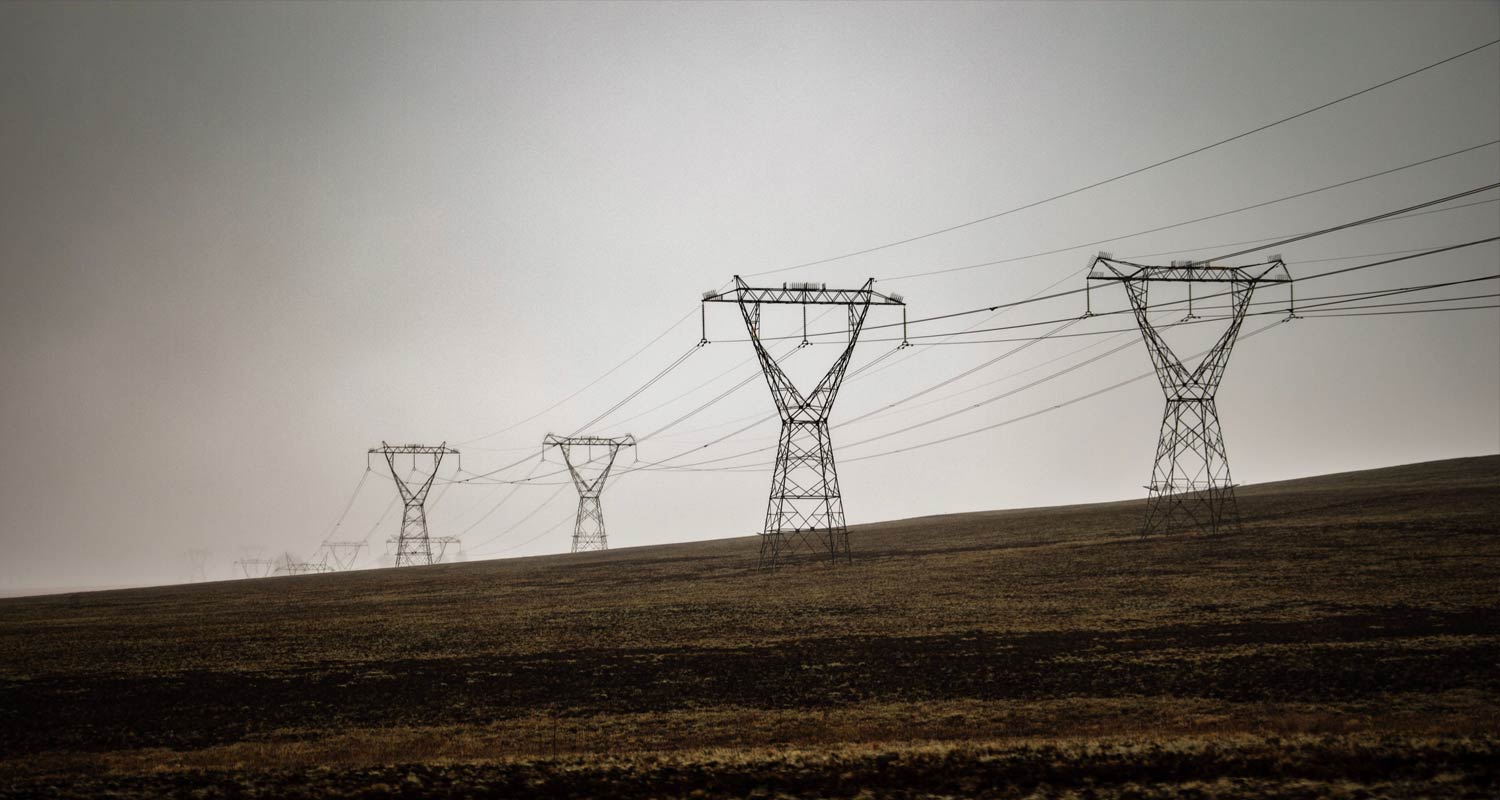While electricity consumption in the ICT sector is expected to continue growing between now and 2030, greenhouse gas emissions will decrease due to an uptake in renewable energy by ICT companies.
According to the latest Ericsson Mobility Report, released on Thursday, AI data centres are the main driver of increased electricity consumption, with about 40% of the total usage linked to user devices and the internet of things.
The main growth is in the data centre segment, where electricity consumption has increased by about 9%/year since 2020. This corresponds to about 90TWh, compared to the rise of 25TWh between 2010 and 2020. Data centres are essential for running complex AI models and digital services.
For the network segment, the increased electricity usage has been about 2%/year since 2020. Ericsson said this largely relates to an increase reported by three major Chinese service providers. Consumption is currently around 23TWh/year. Between 2010 and 2020 the network electricity usage increased by 88TWh.
It said the ICT sector’s electricity consumption remains about 4% of the global total, increasing in line with global consumption. The total estimated carbon emissions for the entire lifecycle in 2024 were about 750 million metric tons of CO2e, reduced by about 1% since 2023. In 2020, it was about 780 million metric tons.
The decrease in reported emissions in 2024 compared to 2020 relates to increased investments in renewables by ICT companies and less fossil fuels generally in electricity production, the report said.
Carbon emissions
However, during 2024 investments in renewables grew more slowly compared to previous years.
“Up to 2030, it is forecast that electricity consumption will continue to rise gradually in all areas of ICT. The increase in electricity consumption has been greater in the last two years than in previous years, mainly due to the development and adoption of AI,” it said.
Read: Data centres are straining electricity grids worldwide
“In our current forecast, this increased growth rate is expected to continue during 2025, but thereafter, fall back to the previous growth rate. However, this will depend on the future development of AI.”
Read: Bitcoin devours electricity meant for the world’s poor
Ericsson said the carbon footprint of the sector is forecast to continue to decrease further due to an increased share of renewable energy used by networks and data centres, as well as generally in the global electricity grid. This will also reduce greenhouse gas emissions from device usage and production.
 Global ICT sector electricity consumption in the “use stage” was estimated to be nearly 1 100TWh last year, up from about 940TWh in 2020.
Global ICT sector electricity consumption in the “use stage” was estimated to be nearly 1 100TWh last year, up from about 940TWh in 2020.
Ericsson said that with the current impact of AI, the “geopolitical situation” and the slower shift to renewable energy, both electricity usage and carbon emissions are expected to be higher compared to 2024’s forecast. – © 2025 NewsCentral Media
Get breaking news from TechCentral on WhatsApp. Sign up here.



